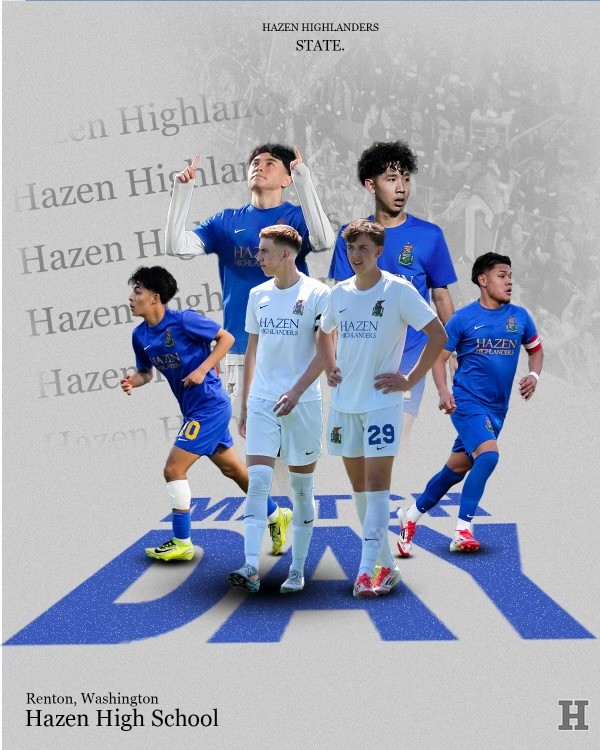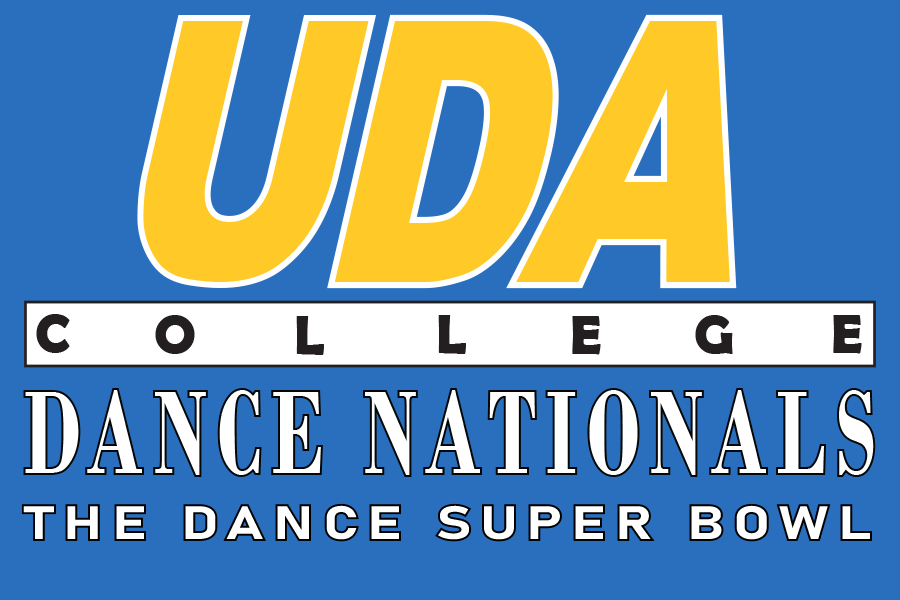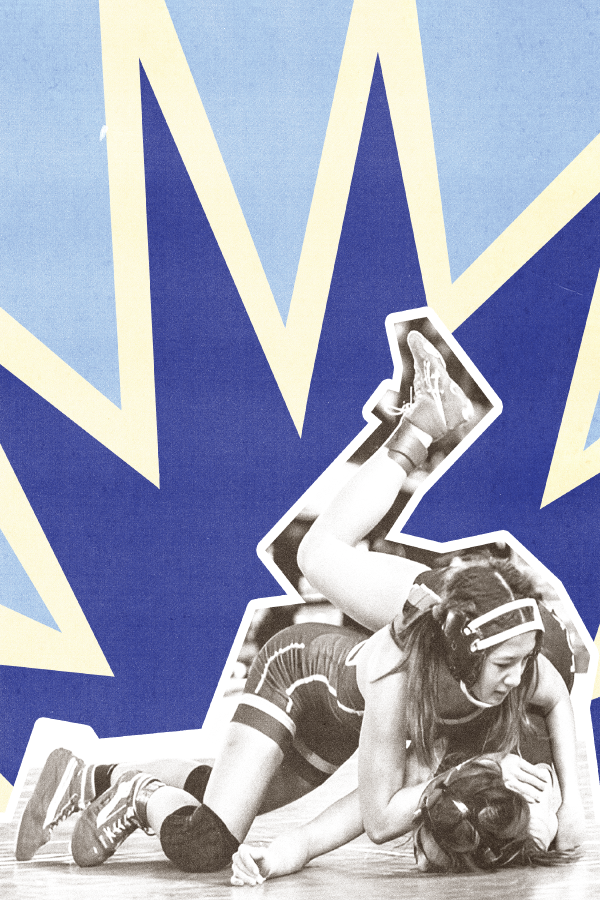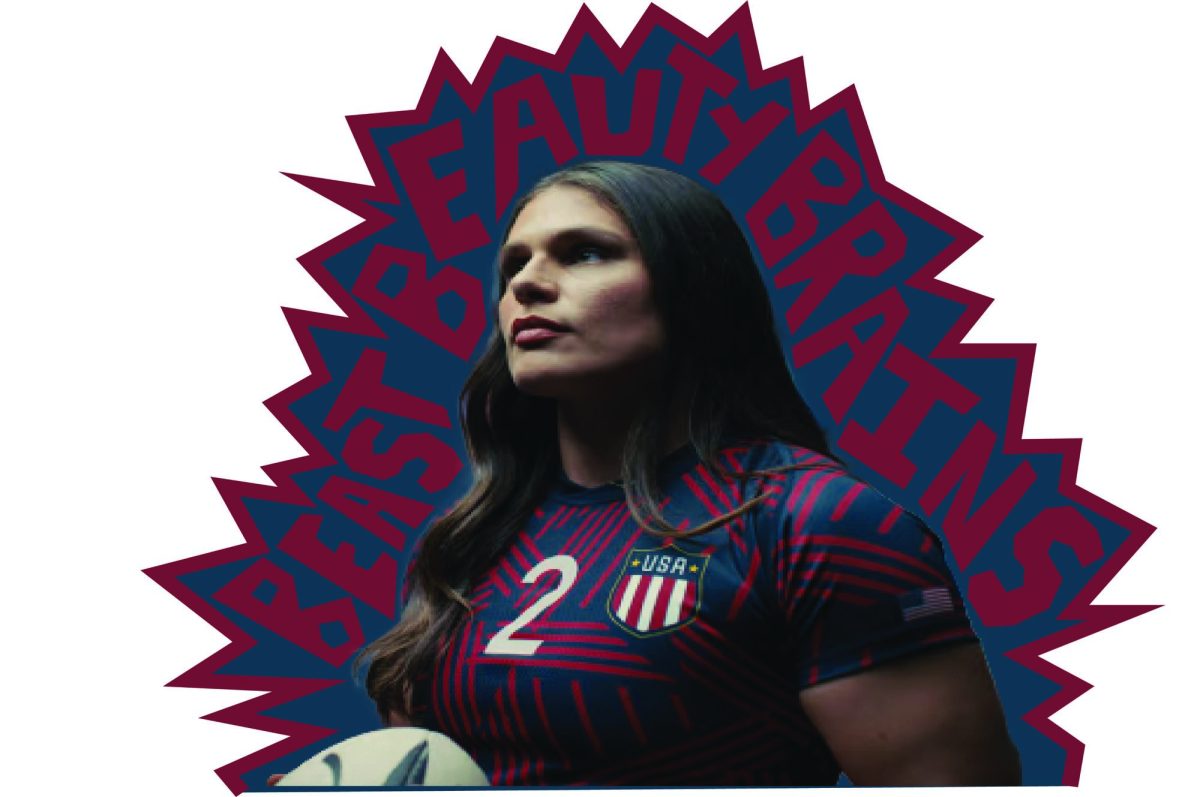Blades swoosh on the freshly cut ice as sticks clack together in unison alongside Taylor Swift’s 1989 “Welcome to New York” blaring over the speakers. The rush of excitement and the feeling of unity take over the Kraken Community Iceplex rink as the University of Washington (UW) Women’s Hockey Team takes over the ice for their fourth year.
It hasn’t been an easy journey for women to enter sports that are strongly geared towards men. Ice hockey is portrayed as a masculine, rugged sport, and in the Pacific Northwest, hockey culture is far and wide compared to its popularity in the East, where people live and breathe hockey.
Women’s hockey is one of the smallest programs out of all the NCAA teams. Women in hockey are rarely seen at the forefront of the sport, due to the negative stereotypes questioning a girl’s interest, sexuality, strength, and courage all flashed in front of everyone to summon the question: “How could a girl possibly play hockey?”
The University of Washington is not only renowned for its incredible innovations in academia and research but also its trailblazing values in inclusivity and diversity as it continues this model in athletics. The origin of the team started four years ago from a passionate dream of inclusivity and possibility.
Classmates Mia Filardi and Fanny Metsa-Tolika started the team during the dark days of COVID-19. Head Coach Melissa Harrow says that they have “a core belief and mission that anyone can play hockey and have that space. People who loved hockey. Competitive or not.” Primarily, to have a space for newcomers interested in hockey and people who played in their childhood to have the opportunity to keep playing accessible while in the PNW people.
Starting the 2024-2025 school year, the team has been awarded a newly minted American Collegiate Hockey Association (ACHA) Division I status, meaning that they have joined a different league, comparable to the NCAA for hockey, which has uplifted their intramural status and become more competitive. The team has two parts: a travel team and a practice team. This means that its leadership and team structure are unique compared to a traditional team. With the support of ACHA, the travel team can travel to six universities this year: Montana, Colorado, Utah, Nebraska, and eastern Washington, making it the biggest schedule season in its history.
The reality of women’s hockey is that there is a strong lack of opportunities available to them, in and out of college. Many young girls play in youth teams growing up, but as leagues get more competitive for age groups and reach the collegiate level, depending on the area you reside in, women’s hockey is scarce. Especially to be competitive and reach a high level of playing, there are simply not enough opportunities around for everyone. Even after college, there are fewer chances of making it to play professionally due to the lack of viewership and support compared to fans of the NHL and other men’s league teams, which is why the UW Women’s team is so special.
Due to their club hockey status, the Women’s team is structured differently compared to the standard team model. There are volunteer coaches, along with a student-run leadership team, fulfilled by a current President Brighid Donohue along with five executive officers who manage finances, schedules, travel, fundraising, and the team’s standing with the university itself.
“Seeing this game grow and watching new people find love for it and love for the team is my absolute favorite thing.”
– Brighid Donohue
However, gaining that ACHA status didn’t come easily. They had to prove that they are dedicated and can support traveling teams. Since the UW doesn’t have an ice facility of its own, they have to share the Kraken Training Facility with the Men’s Ice Hockey team and others. The biggest difference is that compared to the NCAA, there are no scholarships or funding provided by the college to support their team. This brings up one of the biggest obstacles for any player, but specifically in this sport – funding. With support, amenities, and funding not provided to the team, the team is fully student-funded and reliant on volunteers, donations, and fundraisers to grow their program for the coming years and future athletes.
For the UW to become a part of the NCAA, it’s a long road that is a long-term aspiration. To be a part of that BIG 10 conference, the team needs to become highly competitive and gain resources and funding to be able to support their programs. The biggest would be the necessity of an on-campus, home ice rink for both men’s and women’s teams. The estimated cost of building a reputable, possible NCAA program for men and women along with funding is an estimated 100-160 million dollars.
One of their biggest supporters, the Seattle Women’s Hockey Club, collaborates with the team to provide scrimmages and games to allow the team to grow, travel, and practice. Another recreational, nonprofit, and volunteer-run organization, it’s another space that provides a space for women and non-binary individuals to continue to pursue their passions.
Situations like the growth of the WNBA have given hope to female athletes of gaining that recognition and boosting opportunities everywhere. Similarly, the Professional Women’s Hockey League (PWHL) is working towards the same goal. It’s made up of six teams: Boston Fleet, Minnesota Frost, Montréal Victoire, New York Sirens, Ottawa Charge, and Toronto Sceptres.
Comparable to the NHL, it is made to support women in their aspirations to go pro and compete at one of the highest competitive levels available. They’ve done a great job at providing holistic support, necessities beyond salaries and general funding, something that is under-considered outside of the general funding of sports teams itself. In its inaugural season of 2023-2024, it became the first professional women’s hockey league in North America. It’s allowed a space for women to get paid to play competitive hockey and be able to pursue their passions as they hope to get prominent in the sports world. It’s also a way to give back to the players and provide a commission. The salaries range between $35,000-$80,000 excluding bonuses. While it is quite low now, there is much possibility to improve and increase as more awareness is befalling on these outstanding players. However, due to its limited roster of six teams, there is not enough space for all the aspiring players, which needs to be improved in the coming years.
As the UW Women’s Team takes the ice once again for the 2024-2025 season, now as a newly-acclaimed ACHA team, they are ready to take on new challenges and elevate their team for future players to have a space to be competitive but also have a community of strong female athletes and leaders. With heads and helmets held high and sticks at the ready, the team is ready to take on a new chapter in Husky Hockey.
From the wise words of Head Coach Melissa Harrow of the UW Women’s Ice Hockey Team: “Don’t let anyone kick you off the ice – you deserve to be there.”






